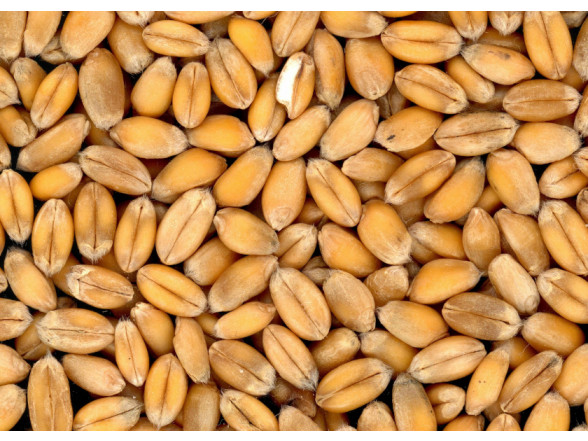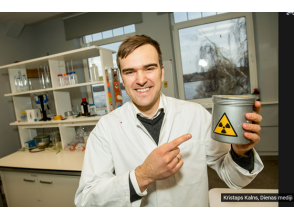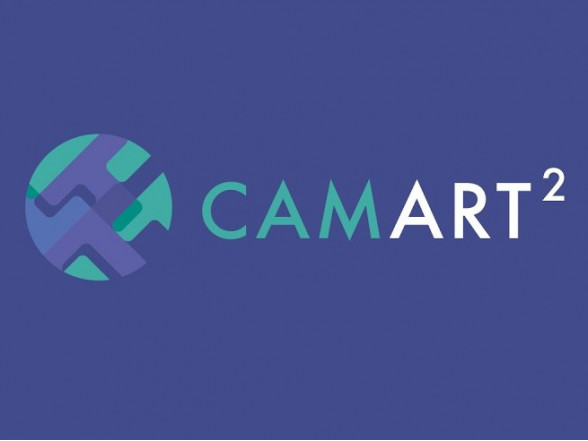To improve the technological process of grain drying, Latvia University of Life Sciences and Technologies and cooperation partners - Institute of Solid State Physics, University of Latvia, Ozone Tech and farm “Mazkalniņi” - continue the implementation of the project “Technology for grain drying with active ozone”. The goal of the project is to develop and test the technology in production conditions. It is expected that the use of ozone will shorten the drying time, as well as will ensure the quality of grain during storage.
The aim of the project is to optimize grain conditioning on farms by drying them with active ventilation. The process, compared to drying in grain dryers, is less expensive, requires less capital investment and improves grain quality compared to the original. That is why, in small amounts, this technology - active blowing of grain - is better than traditional drying. During the project implementation, active ventilation technology has been developed and tested by adding air to ozone.
According to laboratory studies, the use of ozone for 25-30% allows to shorten the ventilation process (fan operating time), thus making active ventilation considerably faster and more profitable. In addition, the use of ozone prevents unwanted microflora and pests occurring in grains during storage. Ozone (O3), being a powerful oxidant, can be utilized to oxidize many chemical compounds and microorganisms. Ozone is more acceptable ecologically than chemical disinfection means and, when used, leaves important grain quality properties unaffected. The main advantage of this disinfection procedure is absence of harmful reaction products after exposure of microorganisms to it.
The task of the ISSP UL group in the project was to carry out the development of sensor modules (6 consists of 3 sensors (O3, RH, oT) and 6 more of 2 sensors (RH, oT)) for 2 identical grain drying bunkers, one of which was mixed with ozone; the other was air-only comparison. In the bunkers, data collection and visualization with wireless communication had to be provided, data had to be collected, stored and interpreted.
More about the project in Latvian https://www.llu.lv/lv/raksts/2021-03-08/llu-inzenieri-eksperimente-un-graudu-kaltesana-pielieto-ozonu



